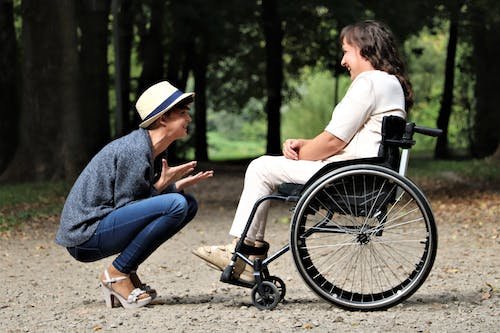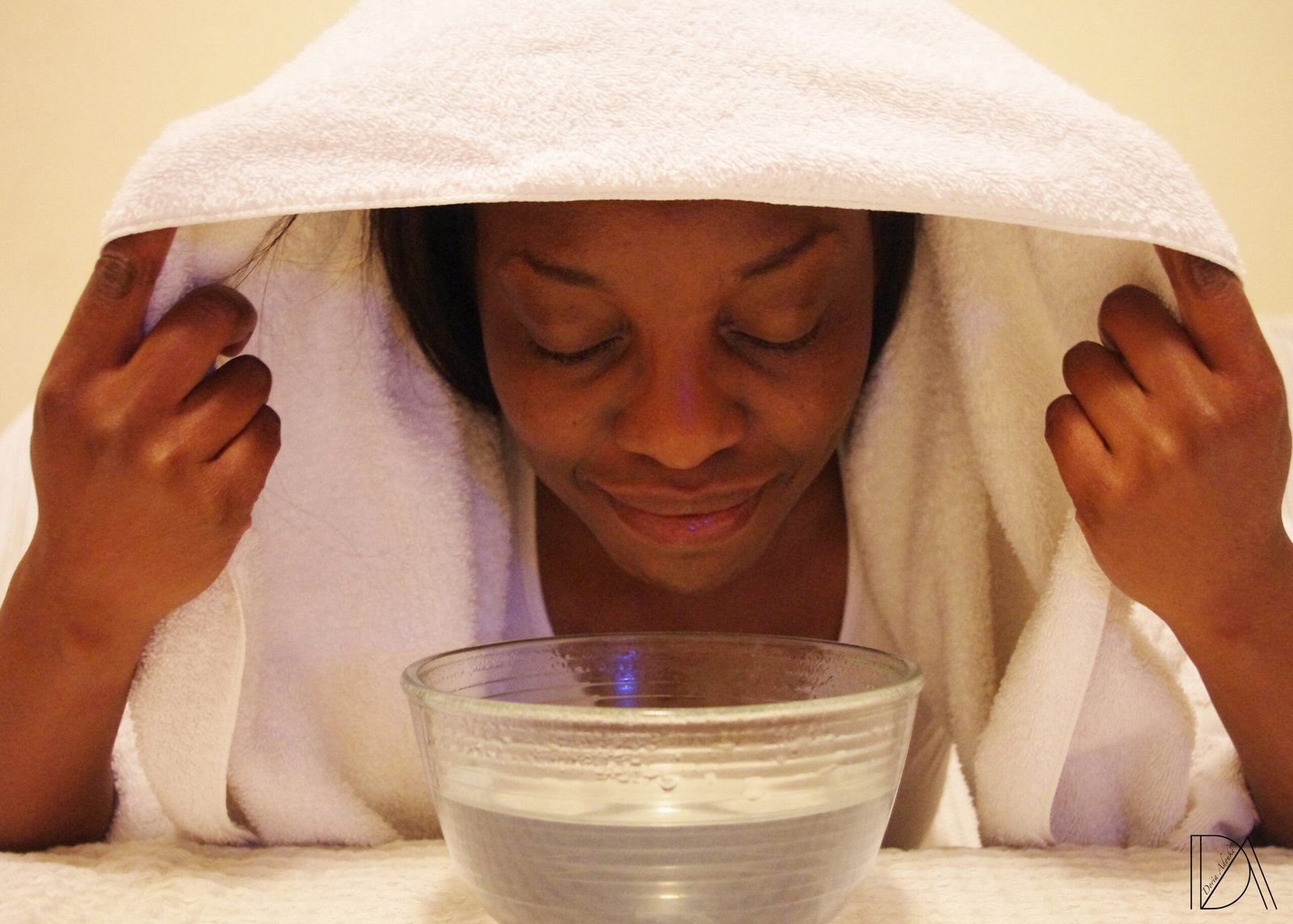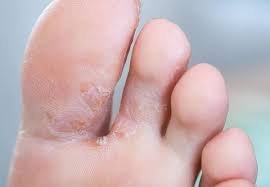You must take care of the client’s physical disabilities. They can be of different types such as cerebral palsy, arthritis, amputations, and more. You need to make sure that you are able to provide them the best type of treatment. This can be done at home.
Arthritis
Arthritis is a condition that affects a wide range of individuals. It is one of the leading causes of disability in the United States. A severe case can prevent a person from performing many daily activities.
There are a number of effective interventions for arthritis. These include physical activity, medication, and lifestyle changes. Although not every arthritis patient will need these interventions, they can help improve a patient’s quality of life and reduce pain.
The Centers for Disease Control and Prevention (CDC) is committed to developing and evaluating new, evidence-based arthritis interventions. These programs are also disseminated by the CDC in collaboration with national partners.
One example is the Disability Intervention Model of Older Adults with Arthritis. This model includes three main concepts: TSM, symptom management, and contextual factors. Each of these concepts has a role in helping an older adult with arthritis understand the process of disablement.
Self-management education is another effective intervention. Many communities offer arthritis self-management education programs. These programs are designed to help people manage their symptoms, develop healthy habits, communicate with their doctors, and get the best care possible.
There are policies to address obesity and osteoarthritis. Such policies can reduce joint injuries, improve the health of the general population, and delay or prevent disability.
An arthritis-specific self-management program is available at health care facilities, senior centers, and churches. These programs meet for approximately 2.5 hours per week for six weeks, and are led by certified instructors.
Cerebral palsy
When it comes to cerebral palsy and physical disabilities care, there is a need for a team of professionals. In addition to physicians and pediatricians, therapists are also important. Therapists are trained in helping children learn new skills and improve their mobility.
Physical therapy can be effective in reducing pain and improving balance and coordination. The therapists use special equipment and exercises to strengthen and stretch muscles.
Occupational therapists can also help with everyday tasks such as sitting, standing, and walking. They might also recommend orthotics or modified shoes.
Speech therapy can help children with swallowing problems. Occupational therapists can help with communication, fine motor skills, and cognitive abilities.
To reduce spasticity in the muscles, medications can also be used. These medications can be administered by injections, tablets, and implants.
Various therapies can also be used to help people with cerebral palsy live an independent life. The severity of the disability may dictate which therapies are used. Braces or devices that aid with movement may be used.
It doesn’t matter if the symptoms of cerebral palsy in a child are severe or mild, it is important that they are diagnosed as soon as possible. Early intervention can improve a child’s quality of life and help them reach developmental milestones.
It is possible to improve the child’s brain development and mobility if the condition is detected early. The child’s care team will collaborate to create a plan that will support the child’s growth and development.
Spinal injury
The recovery process for someone injured can be complicated and long. This is why you need to get the help you need from a team of specialists who will take care of you.
You will often need a case manager to assist you with your care needs. They will ensure that you are as independent as possible during your treatment.
You may also need assistive technology to aid you in mobility and self-care. Assistive technology can also help you reduce dependency on others.
Spinal injury can be a devastating experience for people of all ages. It can have a devastating effect on your life and family, depending on how severe the injury is. It can cause pain, numbness and a reduced range of motion.
Some people may be unable to move due to severe damage to their spinal cord. This condition is known as quadriplegia. This condition is usually a long-term condition that requires a hospital stay.
People with spinal injuries are more likely to have a variety of health conditions. Some of these include depression and a higher risk for chronic illnesses. However, there is hope for recovery. If you have a spinal cord injury, you may be able to learn to live with your condition.
Physical disabilities and spinal injuries require skilled rehabilitation. You may be able to get back to normal with a little help.
Amputations
Amputations are a devastating event. They affect an individual’s mobility, self-care, and ability to participate in social activities. Some individuals are left with a permanent disability after having their limb amputated.
There are many services that can help people with amputations. These programs are aimed at helping individuals regain their quality of life and achieve independence.
An amputation can occur due to injury, illness, or trauma. It can also be caused by complications from peripheral vascular disease or blood vessel disease.
Physical rehabilitation is often a long and difficult process. The goal is to get the patient back to the highest level of functioning possible. In order to do so, a multidisciplinary approach is necessary.
The first step is to perform an assessment to assess the impact of the amputation on the patient’s physical health and quality of life. This may include an examination of the cardiovascular system, respiratory system, and nutritional status.
Once the amputation has been completed, the patient will usually receive a few days of fluids through a drip. This will help control the body’s moisture. To drain excess fluid, a tube will also be placed under the skin.
A physiotherapist will work closely with the patient during the recovery period. To help the patient use the prosthetic limb, the therapist will visit their home.
Cost of care at home
Home care is an option that may be available for a small fee. Before you make the leap, there are important things to remember.
Prices vary from one state to the next. The level of care you require will affect the amount you pay for home care. Generally speaking, you can save over $1,000 a month by moving into a community instead of living in a nursing home.
In general, the cost of in-home care can range from $2,531 to $4,051. These costs can vary greatly depending on the services you need. Some services require a higher level of training and skill than others.
Medicare and Medicaid are the main sources of funding for community and home-based services. They cover a wide range of health-related services such as prescriptions and doctor visits. There are other sources of funding, such as Title III of the Older Americans Act, Social Services Block Grant, and state appropriations. Looking for best disability service in melbourne?
The cost of a good night’s sleep is not covered by either of these programs. For many seniors, having an aide visit for a few hours per day might be the best option.
A meal preparation aide can also be a reason to consider hiring an aide. Many families can’t afford to pay for a full-time aide.
If you can’t afford the cost of an aide, consider hiring an independent home care provider. These providers tend to be less expensive and may have better tax benefits.




